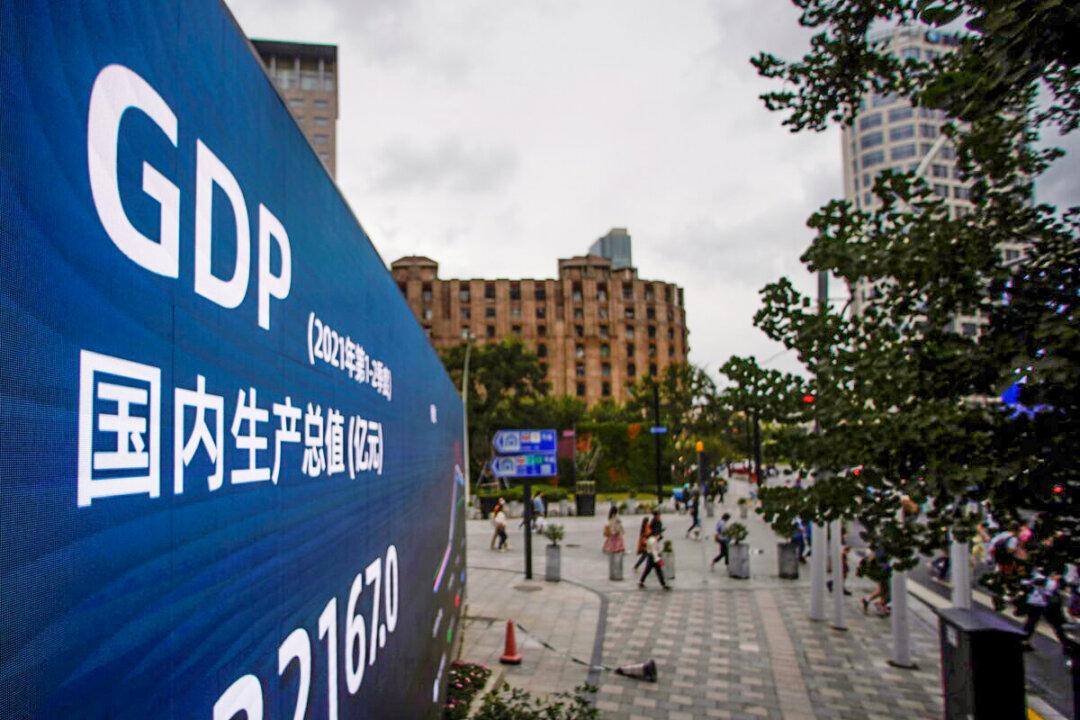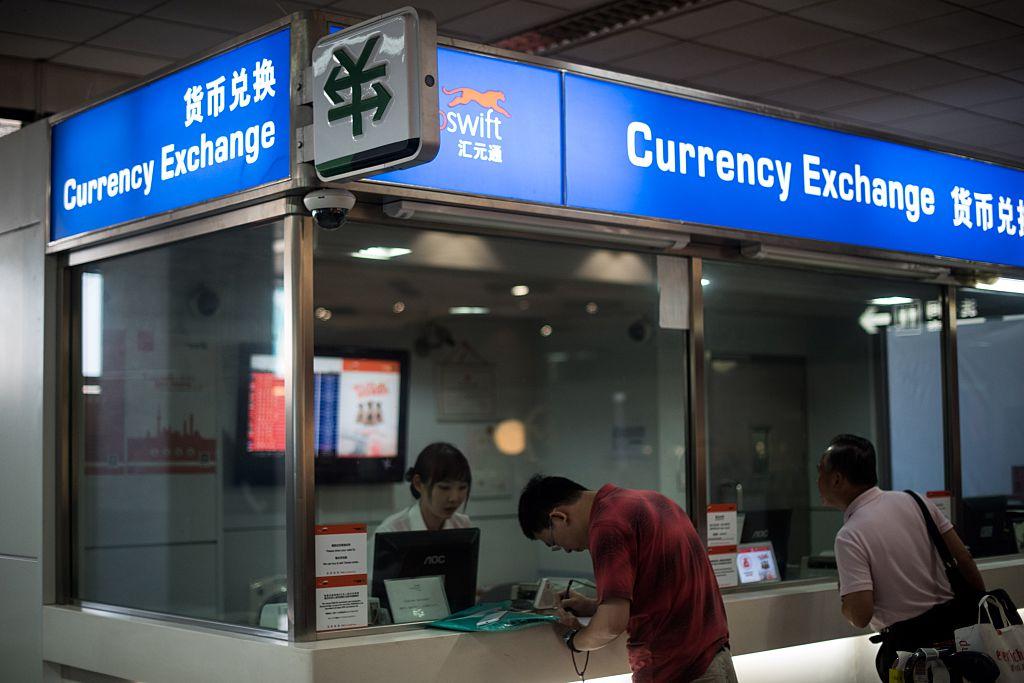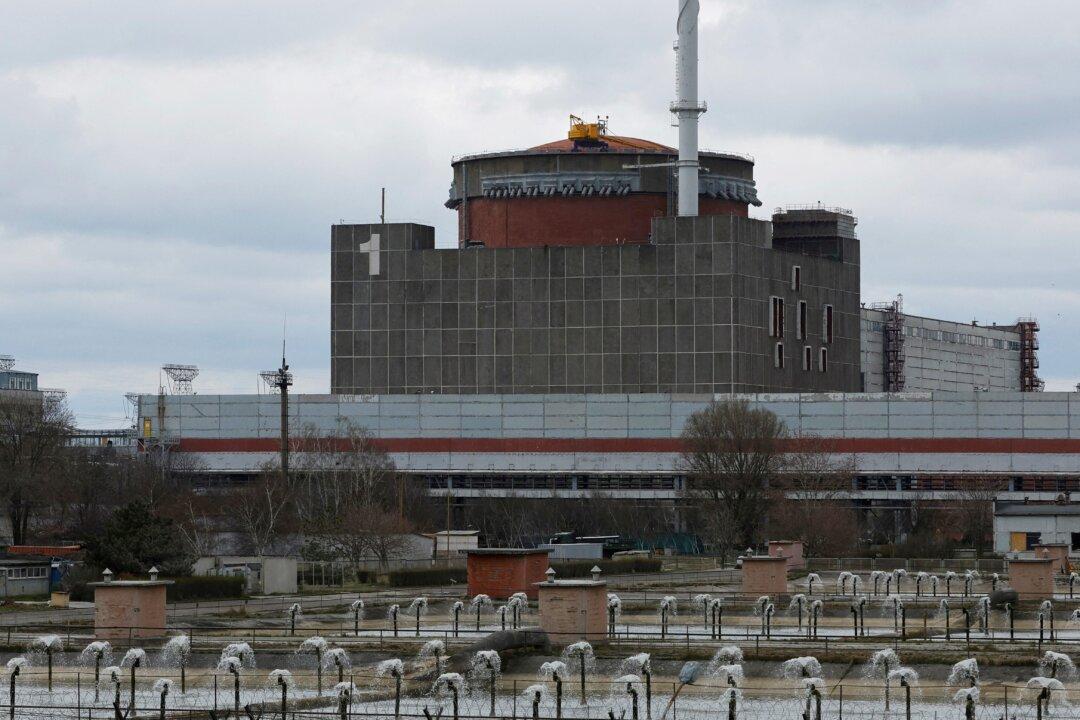The People’s Bank of China (PBoC) released the “February 2022 Financial Statistics Report” on March 11, showing that China’s consumption continued to decline in February. Loans in February decreased by 125.8 billion yuan (about $20.1 billion) year-on-year, of which medium- and long-term loans to residents declined for the first time in the past 15 years.
Among the loans, household debts (including credit card/private business loans) fell in February, with medium and long-term household loans falling by 45.9 billion yuan (around $7.3 billion). Since the statistics on Chinese residents’ medium and long-term loans began in 2007, the growth was positive until January 2022. The first negative growth was in February. While household loans fell in February, household savings also fell year-on-year.





